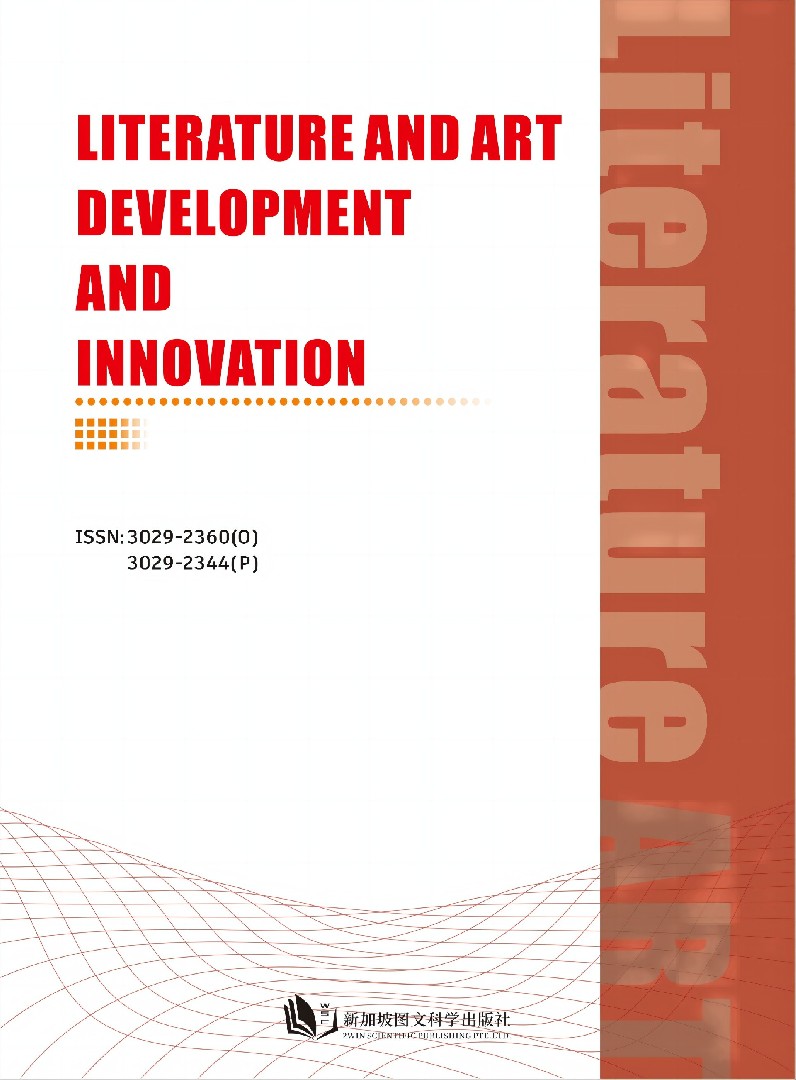作者
Na Lu,Wenqian Li,Jing Zhuang
文章摘要
The politeness principle, a fundamental conversational guideline universally adhered to in human communication, serves as the cornerstone for the seamless flow of verbal exchanges. High school English teaching is a crucial component following the revision of the high school curriculum. By introducing the politeness principle into high school English classrooms, teachers can foster a teaching environment where learning becomes an enjoyable and fulfilling experience, similar to the gentle nurturing influence of spring's breeze to rain. This article aims to offer a concise overview of the politeness principle and its current research landscape. It delves into the practical implications of this principle in high school English classrooms, exploring strategies to effectively incorporate it into teaching methods. This paper aims to fully mobilize the enthusiasm of students in senior high schools for active participation in English learning and ultimately enhance the effectiveness of classroom teaching
文章关键词
politeness principle; classroom teaching; senior high school English
参考文献
[1] Zhang,Y.X.(2022).A brief talk on the application of politeness principles in college English classroom teaching.English Square,(27),89–92.
[2] Li,J.J.(2014).A brief discussion on the significance of applying politeness principles in middle school English teaching.Basic Education Research,(02),40–42+44.
[3] Goffman,E.(1955).On face-work:An analysis of ritual elements in social interaction.Psychiatry:Journal of the Study of Interpersonal Processes,2(?),213–231.
[4] Lakoff,G.(1973).Hedges:A study in meaning criteria and the logic of fuzzy concepts.Journal of Philosophical Logic,2(1),458–508.
[5] Brown,P.,&Levinson,S.(1987).Politeness:Some universals in language usage.Cambridge University Press.
[6] Hu,Z.J.(1989).The Chinese people’s face concept[Chapter title].In G.G.Huang(Ed.),The Chinese people’s power game[Book title](pp.57–78).Ju Liu Tu Shu Gong Si.
[7] Gu,Y.G.(1992).Politeness,pragmatics and culture.Foreign Language Teaching and Research,(04),10–17+80.
[8] Xu,S.H.(1992).A new formulation of the politeness principle.Foreign Language Research(Journal of Heilongjiang University),(02),1–7.
[9] Liu,R.Q.(1987).On Leech’s"politeness principle".Foreign Language Teaching and Research,(02),42–46+80.
[10] Ju,P.(2022).The application of cooperative principle and politeness principle in English teaching.English Square,(18),62–65.
[11] Wang,X.N.(2019).Observance and violation of politeness principle—A case study of college English classroom teaching.Cultural and Educational Materials,(10),215–216.
[12] Xu,S.J.(2018).An exploration of politeness principle in senior high school English teaching.Teaching Management and Educational Research,(18),104–105.
[13] Liu,Y.Q.(2015).How to use politeness principle to guide middle school English teaching.Composition Teaching Research,(04),46–47.
[14] Zuo,W.(2017).Effective application of politeness principle in English teaching.Education and Teaching Forum,(47),187–189.
[15] Yang,M.L.(2016).An overview of foreign politeness principles.New Education Era Electronic Magazine(Student Edition),16,159.
[16] Yi,H.C.(1991).The politeness principles and communicative culture in Chinese.Language Planning,8,13–14.
[17] Su,M.M.(2016).A brief analysis of the application of cooperative principle and politeness principle in classroom questions and answers—A case study of an observation lesson on senior high school English reading teaching.English Teacher,(11),89–94.
[18] Liao,C.M.(2016).The application of politeness principle in junior high school English teaching.Popular Science Fairy Tales,(31),77.
Full Text:
DOI
